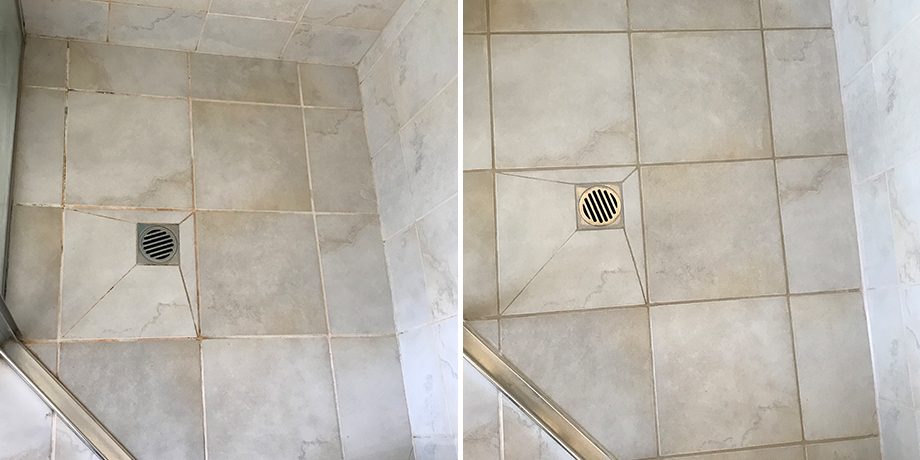How do you really feel with regards to Preventing Water Damage in the Bathroom?

The bathroom is very at risk for moist build-up and also potential water damage as a result of the frequent use of water in it. This post supplies simple assessment strategies to help discovering water damages threats.
The frequent use of water in the shower room makes it exceptionally vulnerable for moist build-up and possible water damages. By inspecting it routinely, you can decrease water associated damages.
The complying with set of assessments is simple to do as well as must be done when in every 3 months in order to maintain your shower room healthy and also to avoid prospective water problems triggered by the tub, the shower, pipe joints as well as plumbing, sinks, cupboards, and the toilet
Do not neglect performing these inspections and be thorough while performing them. Remember that these straightforward examinations can conserve you a great deal of money by providing early signs for water damages
Sinks as well as Cabinets
Sinks as well as cupboards are exposed to moisture and also moisture everyday and are frequently overlooked. Evaluate consistently under the sink as well as on the countertop above it. Fix any type of drip in the trap as it may recommend drainpipe issues. Browse the sink, sluggish draining pipes might suggest a blocked drainpipe. Change sink seals if they are broken or loose.
Bath tub as well as Shower
The shower and bath tub need special attention and also maintenance. Check the floor tiles as well as replace if fractured. Ensure that there is no missing cement between the tiles. Check as well as change split caulking at joints where the walls fulfill the floor or the bathtub. Blocked drains and also pipes troubles will certainly avoid the bath tub from drying and might indicate significant issues under the tub. Consult with an expert instantly to avoid structural damages. Take notice of discolorations or soft locations around the bathtub wall surfaces as they may show an internal leakage.
Plumbing
Signs for water damage are difficult to detect considering that most pipelines are installed inside the walls.
Pay unique attention to floor covering and wall surfaces wetness and also spots as they might suggest an invisible plumbing issue. Check dampness levels in adjoining spaces as well.
The Bathroom
The toilet is a prone water junction. Inspect the water lines and look for leaks around the bathroom seat, in the tube, as well as under the water container. If you discover any kind of indications of dampness on the floor around the bathroom, check for leaks in the toilet edge and container seals.
Be aware that hanging bathroom dish deodorants boosts the chances for obstructions.
Water Damage Signs In The Bathroom To Avoid Cleanup
Musty smell
This is one of the easiest signs to catch because musty smells are so odorous. The damp, earthy, moldy smell should be a big red flag. The smell will develop when moisture gets trapped in surfaces, and begins to facilitate mold growth. Leaking pipes under cabinets, inside walls, and behind shower fixtures will cause moisture to stay trapped and not dry, which will lead to mold growth and spread. As soon as you notice any musty smells in your bathroom, have it checked for hidden water damage and cleanup signs.
Visible mold
If the smell isn’t there to give it away, sometimes you will actually see mold growth. Finding mold in your bathroom is a serious problem, because mold is very harmful to your health. By the time mold growth is visible, it also means that water damage has already occurred and been present for some time. The only way the mold problem can be resolved is to find the source of the moisture and get it stopped. To safely and adequately remove mold, you need to have professionals handle the remediation. Do not waste any time in getting mold problems addressed, fixed, and sanitized so that you can protect you and your family from the many respiratory symptoms caused by mold exposure.
Damaged floors
Bathroom floors should be able to withstand some exposure to water while still remaining in good condition. However, when excess exposure or water leaks occur, they will begin to damage even the most water-resistant flooring. If you notice any cracking, bubbling, staining, or warping on your bathroom floors, there is probably a water leak somewhere causing the distortion. If you notice areas of the floor have become softer, or even have a spongy feeling, there is probably damage to the subfloor. Subflooring is typically made up of plywood. When plywood is exposed to water or moisture, it will absorb it. Once it has become saturated, the weight of the excess water will cause the wood to swell and soften. Check the floors in your bathroom frequently to catch any of these sings before they lead to damaged subflooring.
Changes on walls
When water leaks behind walls, it will cause changes in the drywall. Peeling plaster, blistering paint, and soggy wallpaper are all good indicators that excess water is building up behind the wall. Water leaking behind drywall will cause it to swell and be soft to the tough. If you start to notice gaps along the trim of your walls, or where tile meets the wall, it could also be a strong indicator that there is a leak behind the wall. Any changes, distortion, or damage on the walls should be evaluated as soon as you notice it to prevent further water damage and cleanup.

I was made aware of that article on How to Fix a Water Damage Bathroom through a good friend on our other web blog. You should take a moment to distribute this blog if you liked it. Many thanks for your time invested reading it.
Details Here